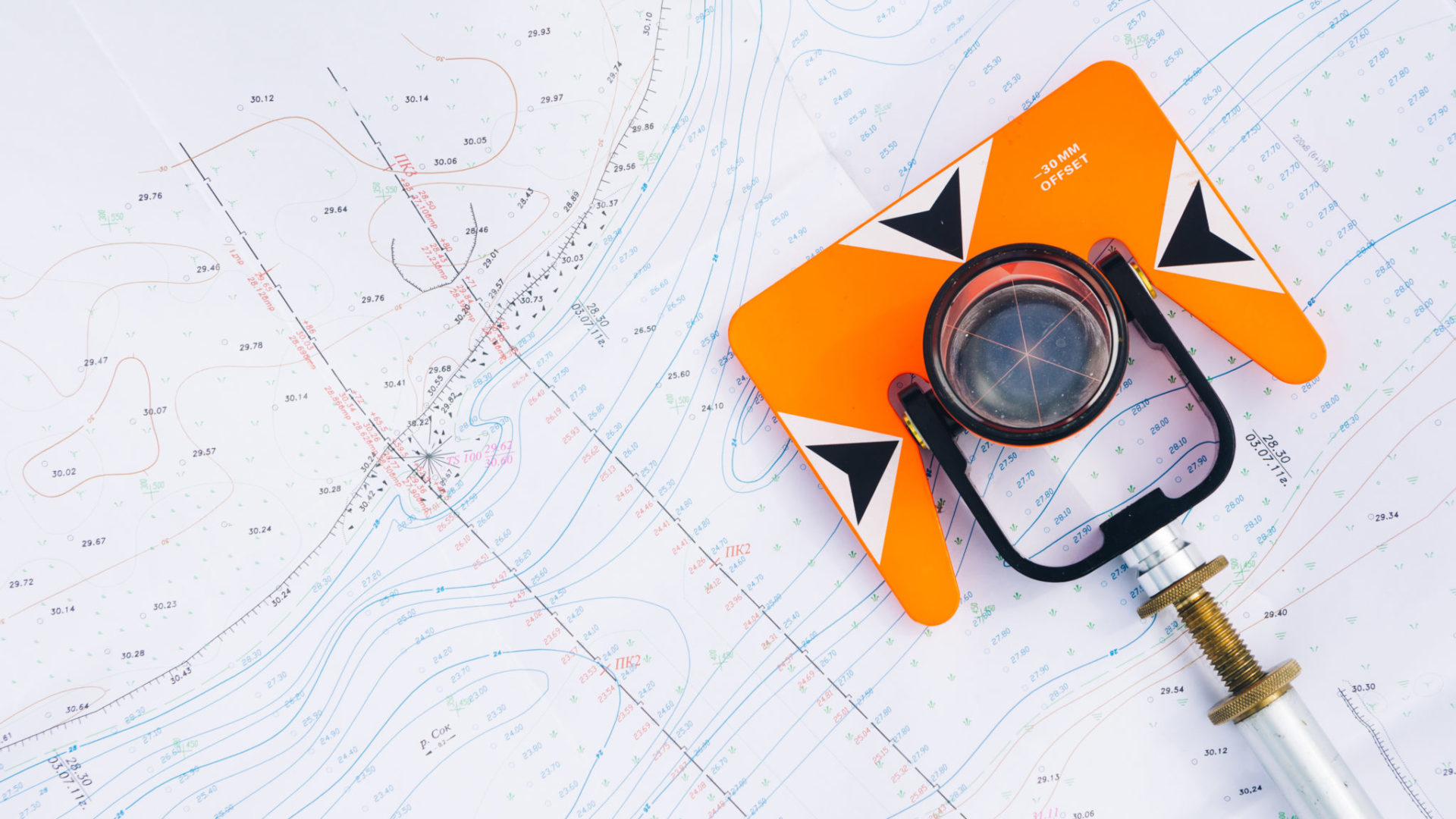Survey Terms
Benchmark – A survey mark made on a monument having a known location and elevation, serving as a reference point for surveying.
Call – Any feature, landmark, or measurement called out in a survey. For example, “two white oaks next to the creek” is a call.
Chain carrier – An assistant to the surveyor, the chain carriers moved the surveying chain from one location to another under the direction of the surveyor. This was a position of some responsibility, and the chain carriers took an oath as “sworn chain carriers” that they would do their job properly.
Conditional line – An agreed line between neighbors that has not been surveyed.
Corner – The beginning or end point of any survey line. The term corner does not imply the property was in any way square.
Declination – The difference between magnetic north and geographic (true) north. Surveyors used a compass to determine the direction of survey lines. Compasses point to magnetic north, rather than true north. This declination error is measured in degrees, and can range from a few degrees to ten degrees or more. Surveyors may have been instructed to correct their surveys by a particular declination value. The value of declination at any point on the earth is constantly changing because the location of magnetic north is drifting.
Gore – A thin triangular piece of land, the boundaries of which are defined by surveys of adjacent properties. Loosely, an overlap or gap between properties.
Landmark – A survey mark made on a ‘permanent’ feature of the land such as a tree, pile of stones, etc.
Line Tree – Any tree that is on a property line, specifically one that is also a corner to another property.
Meander – “with the meanders of the stream” means the survey line follows the twists and turns of the stream.
Merestone – A stone that marks a boundary. See monument
Monument – A permanently placed survey marker such as a stone shaft sunk into the ground.
Out – An ‘out’ was ten chains. When counting out long lines, the chain carriers would put a stake at the end of a chain, move the chain and put a stake at the end, and so on until they ran “out” of ten stakes.
Point of Beginning – The starting point of the survey
Plat – A drawing of a parcel of land.
Witness Tree – Generally used in the public land states, this refers to the trees close to a section corner. The surveyor blazed them and noted their position relative to the corner in his notebook. Witness trees are used as evidence for the corner location.

